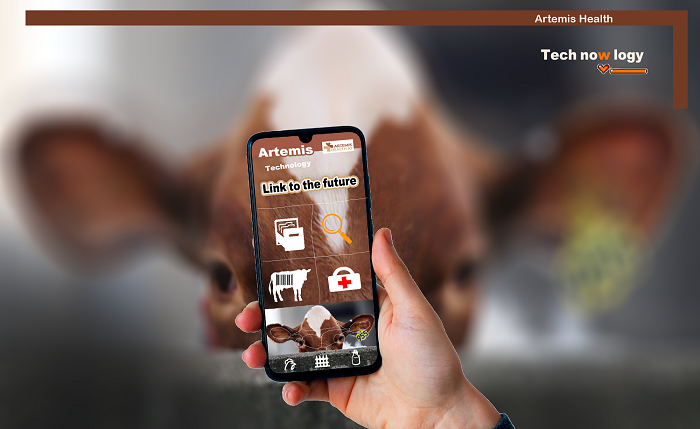Introduction
In an era defined by technological advancements, it’s no surprise that even the age-old livestock industry is being transformed by innovation. The integration of sensor and data technologies into livestock management has ushered in a new era of efficiency and animal welfare. While these technologies promise numerous advantages, they also come with their share of challenges. In this blog post, we will explore the advantages and disadvantages of livestock technology, and glimpse into the future of livestock management.
Advantages of Livestock Technology
- Improved Productivity and Welfare: Sensor and data technologies have the potential to revolutionize the way we care for livestock. These technologies can detect sick animals early on, ensuring timely intervention and reducing mortality rates. Livestock technology also enables us to monitor the welfare of animals, ensuring they are healthy and comfortable.
- Data-Driven Decision Making: Livestock technology provides a wealth of data that can be harnessed to make informed decisions. Computer vision allows for unbiased data collection, which can be summarized into actionable insights. This data-driven approach leads to more efficient and timely decision-making, ultimately enhancing the productivity of livestock herds.
- Integration and Efficiency: One of the significant advantages of livestock technology is the potential for integration. Many companies are working on developing platforms that can bring together various data sources and technologies into a single, cohesive system. This integration streamlines operations, reducing the need for multiple computers and screens in a dairy herd manager’s office.
Disadvantages of Livestock Technology
- High Initial Costs: Implementing livestock technology often comes with steep upfront costs. This can be a significant barrier for many producers, especially in the face of the cyclical nature of economics in the livestock industry. Convincing stakeholders to invest in these technologies can be challenging.
- Complexity and Fragmentation: The development of advanced farming technologies has led to a fragmentation of systems and tools in the livestock industry. Different programs and technologies may not communicate effectively with each other, making it challenging to derive holistic insights from the data. More integration is needed to address this issue.
- Data Overload: While data is invaluable, it can become overwhelming without proper analysis and interpretation. Valuable insights should lead to actionable decisions. Without the right tools and expertise, the sheer volume of data generated by livestock technology can be more of a burden than a benefit.
The Future of Livestock Management
Investors are beginning to recognize the potential of livestock technology. Tyler Bramble, Portfolio Growth Lead at Cainthus, envisions a future where livestock management becomes “cow-centric.” This means managing livestock based on their natural behavior and needs rather than strictly adhering to human schedules. This shift could lead to healthier, happier animals and more sustainable practices.
Artemis Health Technology is also contributing to the future of livestock management by inventing new methods and platforms. Their innovations, coupled with the support of the industry and stakeholders, promise a more suitable and efficient future for livestock.
Conclusion
In conclusion, livestock technology offers numerous advantages, including improved productivity, data-driven decision-making, and the potential for integration. However, challenges like high initial costs, complexity, and data overload need to be addressed. As the industry continues to evolve, it is essential to strike a balance between harnessing the power of technology and ensuring the well-being of livestock for a more sustainable future.





